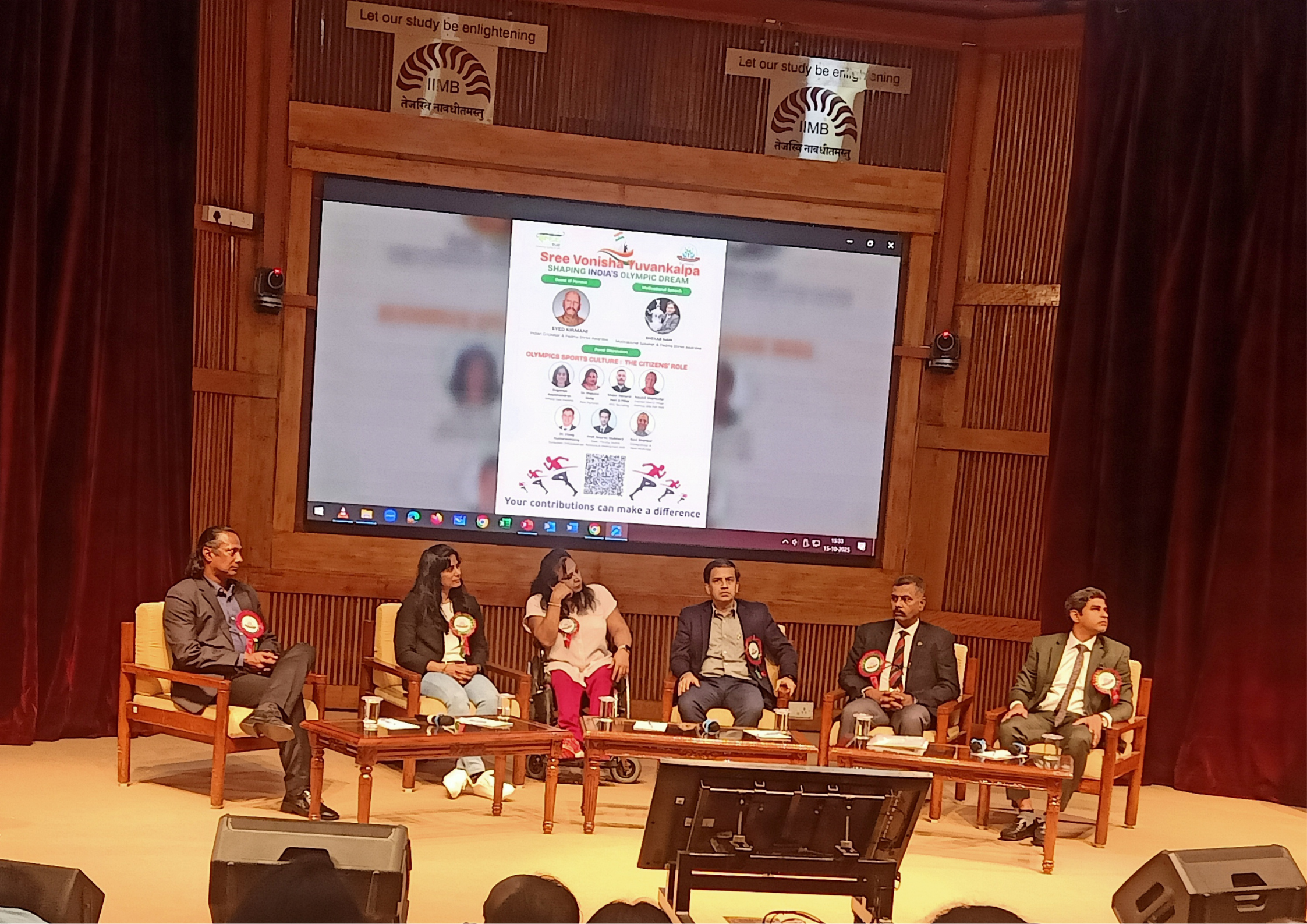Abacus: A Key to Math Confidence

A Familiar Worry for Parents
“Numbers just aren’t my thing.”
Many adults remember saying (or hearing) that phrase in school, and plenty of parents quietly fear their child will echo it. The good news? Math confidence is not innate; it’s built.
And one surprisingly powerful ally in that journey is an ancient tool with modern relevance—the abacus.
This article explores what “math confidence” really means, the science behind it, and how abacus practice complements everyday parenting strategies to raise a child who approaches numbers with curiosity instead of dread.
1. What Does “Math-Confident” Actually Mean?
Math confidence is not about being a prodigy or solving calculus at age ten.
It’s about a mindset:
- Positive self-belief: “I can figure this out if I try.”
- Willingness to tackle problems: Seeing a puzzle as an opportunity, not a threat.
- Resilience: Staying calm when the first answer is wrong.
Psychologists link math confidence to growth mindset—the belief that ability improves with practice. Children with growth mindset persist longer on challenging tasks and ultimately achieve more.
2. Why Confidence Matters as Much as Skill
Research from Stanford University shows that anxiety about math can lower performance as much as a missed night of sleep.
Children who think “I’m bad at math” may avoid higher-level courses later, even when their test scores suggest they could excel.
Building confidence early helps kids:
- Engage in STEM classes without fear.
- Make better financial decisions as adults.
- Approach everyday tasks—like budgeting or cooking measurements—with ease.
3. Abacus: An Old Tool for a Modern Goal
The abacus, a counting frame of beads and rods, dates back thousands of years, yet its educational value is timeless.
Unlike calculators, it trains the brain instead of replacing it.
How It Builds Confidence
- Hands-on interaction: Children see and feel numbers, turning abstract symbols into something tangible.
- Gradual mastery: From single digits to multi-step calculations, progress is visible and motivating.
- Mental visualization: With practice, kids picture bead movements mentally, strengthening memory and focus.
A study in Cognitive Development found that abacus-trained students outperformed peers in working memory and mental calculation tasks, both strong predictors of overall math success.
4. Abacus as Part of a Bigger Learning Ecosystem
While powerful, the abacus is one piece of a larger puzzle. Think of it as a bridge connecting several key pillars of math confidence.
a) Early Number Sense
Counting apples at the grocery store, measuring ingredients—these everyday activities give numbers real meaning.
Abacus practice amplifies these experiences by reinforcing place value and operations.
b) Playful Exploration
Board games like “Chutes and Ladders” or card games such as “Uno” build sequencing and probability intuition. Abacus sessions add structured yet playful logic.
c) Supportive Mindset at Home
Comments like “I was never good at math” can unintentionally pass anxiety to kids. Pair abacus practice with positive language—“Let’s see what strategy works next”—to show that effort matters more than speed.
5. A Parent’s Guide to Introducing the Abacus
You don’t need to be an expert. Here’s a roadmap for weaving abacus practice into family life.
Step 1: Start Simple
Choose a standard 17-rod soroban or school abacus. Spend the first week exploring how beads move and naming numbers up to 20.
Step 2: Short, Frequent Sessions
Ten to fifteen minutes, three times a week, is plenty for beginners. Consistency beats marathon lessons.
Step 3: Connect to Daily Life
Ask your child to show grocery totals on the abacus or calculate bedtime stories left in a book series. Real-world links keep interest high.
Step 4: Celebrate Progress
Track milestones—first time adding two-digit numbers, first mental calculation. Small wins build lasting confidence.
6. Complementary Strategies for Math Confidence
While the abacus provides a strong core, parents can reinforce skills with broader habits:
- Growth Mindset Language
Replace “You’re so smart” with “You worked hard on that problem,” highlighting effort. - Math Talk in Daily Routines
Discuss shapes during walks, estimate travel times, or compare prices while shopping. - Model Positive Attitudes
Even if math wasn’t your favorite subject, express curiosity. Children mirror your outlook. - Encourage Questions
Welcome “why” and “how” inquiries. Exploration fosters independent thinking.
7. Beyond Arithmetic: Cognitive Benefits
Abacus training strengthens more than number skills:
- Focus and Attention – Sliding beads demands concentration.
- Working Memory – Visualizing bead positions exercises mental “scratchpad” capacity.
- Spatial Reasoning – Understanding how beads represent numbers aids geometry and science learning.
These cognitive gains transfer to reading comprehension, music, and strategic games—creating a virtuous cycle of confidence across subjects.
8. Addressing Common Concerns
“Won’t technology make this irrelevant?”
No. The goal is mental agility, not replacing calculators. Mental math enhances problem-solving speed even in a digital world.
“Isn’t abacus too hard for my child?”
Programs are designed for beginners as young as four. The tactile approach often engages children who struggle with paper-and-pencil methods.
“Do we need expensive classes?”
Not necessarily. A basic abacus and free online tutorials are enough to start. Formal programs can come later if your child shows enthusiasm.
9. Creating a Home Abacus Routine: A Sample Week
Monday: 10-minute bead-setting game (numbers 1–50).
Wednesday: Addition and subtraction drills, 15 minutes.
Saturday: Mental visualization challenge and family “math quiz.”
This light schedule builds skill without pressure, keeping math a source of joy.
10. The Long View: From Abacus to Lifelong Math Confidence
Over months, children who practice abacus often surprise parents by solving problems mentally before anyone reaches for a calculator. More importantly, they approach new challenges with the calm assurance: I can figure this out.
That mindset carries through to algebra, statistics, and the many quantitative decisions of adult life—investing, budgeting, or simply understanding the world in numerical terms.
Conclusion: Building Brilliance, Not Just Speed
Raising a math-confident child isn’t about grooming a prodigy or chasing trophies. It’s about nurturing curiosity, resilience, and a belief that numbers are friendly tools for understanding life.
The abacus fits beautifully into that bigger picture. Its beads invite play; its structure builds discipline; its mental images sharpen focus. Combined with supportive parenting and everyday math talk, it can transform “I’m not a math person” into “I can figure this out.”
When your child beams after solving a tricky sum in their head, you’ll know you’ve given them more than a calculation skill—you’ve given them confidence that counts for life.




